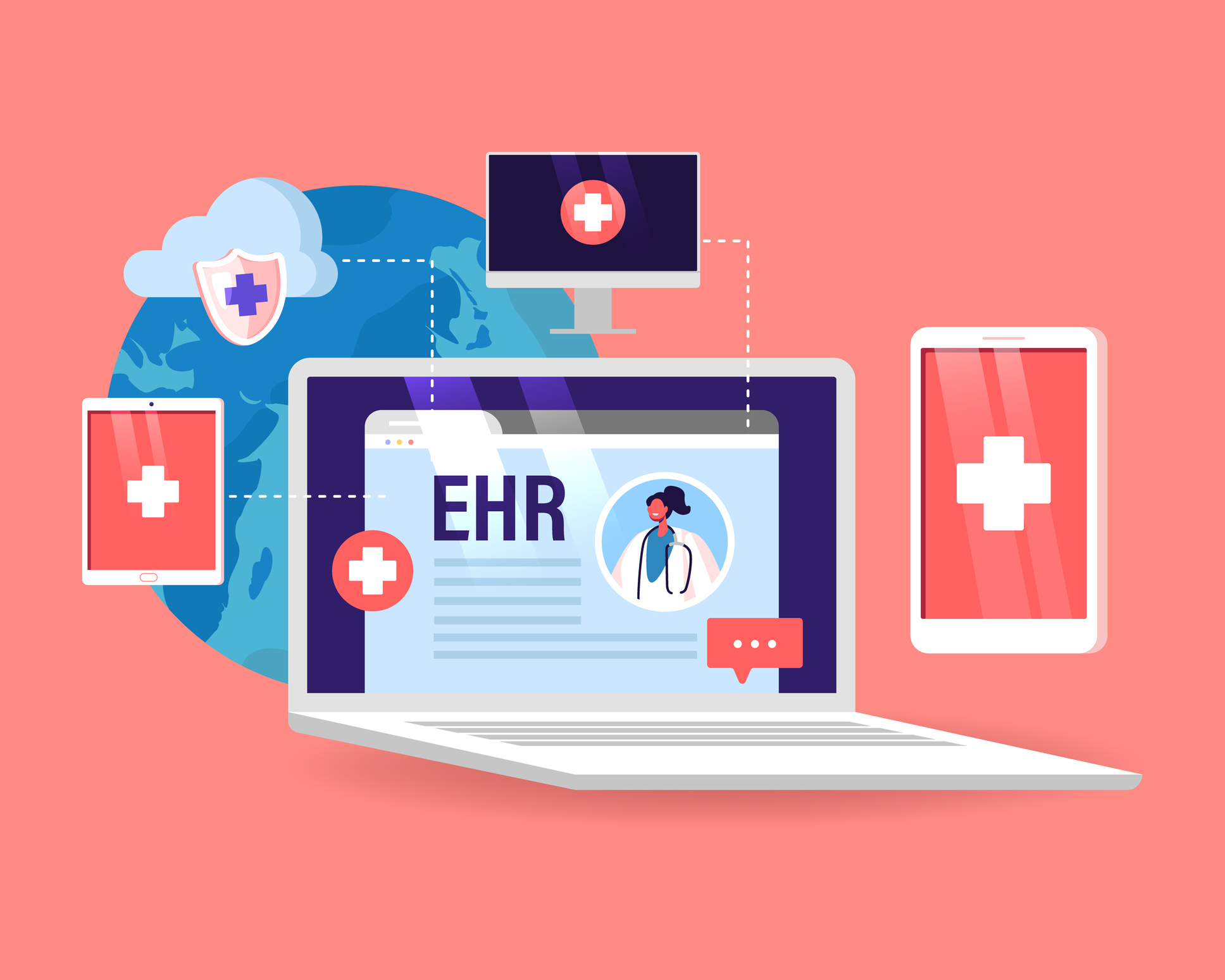
Building a Foundation for HEDIS Success Amid Change
Strategic planning for the upcoming measurement year should incorporate thorough communication between the health plan, its HEDIS vendor, and auditor.

Strategic planning for the upcoming measurement year should incorporate thorough communication between the health plan, its HEDIS vendor, and auditor.

Dr. Rowland Illing explained how life science companies and health systems are leveraing AWS HealthLake to transform healthcare.

Alan Murray on improving access for medical transportation.

A clinically led, cross-functional team approach is essential during medical device integration projects to close data gaps, overcome common project pitfalls, complete optimal testing, and ensure proper oversight.

Picture each patient with a computational model of their health where each treatable parameter (like weight, blood pressure, heart rate, exercise, inflammation, and blood chemistry) serves both as a marker for diagnosis and as an opportunity for treatment.

Without systemic redesign, these efforts risk reinforcing the same pain points that made prior authorization a flashpoint for payers and providers.

We know from everyday purchasing of goods and services that you have to combine what you’re getting with what you’re paying for that good or service. But how does this basic consumer supplier concept play out in US healthcare?

Jill DeGraff, B.well Connected Health’s senior vice president of regulatory, believes the ONC’s new HTI-1 rule is a step in the right direction that will improve data exchange for providers, health tech vendors and patients. She applauded the rule for preserving TEFCA as a voluntary framework and for establishing FHIR-based interoperability as the industry’s de facto standard.

Last week, the ONC announced that TEFCA had finally gone live. This followed years of the ONC heralding the project's potential to boost interoperability and increase patients’ access to their healthcare data. However, former ONC Chief Don Rucker believes that TEFCA is built on an archaic data exchange protocol that will prevent the initiative from being useful.

Smile Digital Health recently raised $30 million in Series B capital. The startup sells its health data fabric platform to providers, payers, digital health vendors and researchers. The platform gives customers the ability to store, search and evaluate patient information.

Adding CDS Hooks — the HL7 published specification for clinical decision support — to the technology mix will streamline clinical workflows, particularly as the sources and quantities of data continue to expand at a rapid pace.

In a landscape where complexity has long been the norm, the power of one lies not just in unification, but in intelligence and automation.

The CDS Hooks API is a new specification that builds on FHIR, describing how EHRs can automatically invoke external platforms or apps. For the first time, by CDS Hooks invoking FHIR apps, EHR-only users can have insights relevant to the clinical situation and within their EHR workflow based on data sourced outside of it. CDS Hooks is potentially a powerful way to ensure that all patient data can be accessed via the EHR.

SMART-on-FHIR is the inflection point for driving the shift to value-based care. The reason: It offers another pathway to integration in which user experiences, not just discrete data, are shared across systems, enabling lightning quick implementation.

Though the total number of unique apps that integrate with major EHRs, like Epic and Cerner, increased from 600 at the end of 2019 to 734 in December 2020, growth in the number of apps that support the FHIR data exchange standard was stagnant.

As plans struggle to decide how to comply with a badly-worded portion of the final rule on interoperability, they should be thinking about the broader changes at work and whether their choices now prepare them for the world ahead.

There’s a real opportunity to go beyond a piecemeal, bare-minimum, “check-the-box” approach and think of FHIR mandates as an opportunity to kick-start consistency across your API landscape.